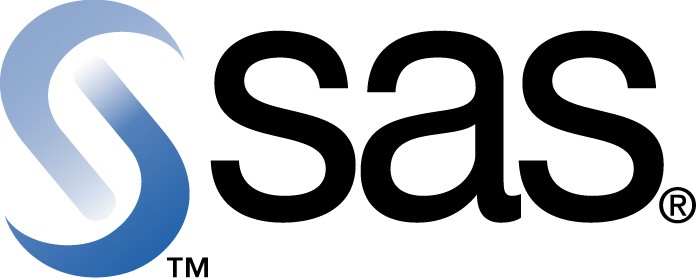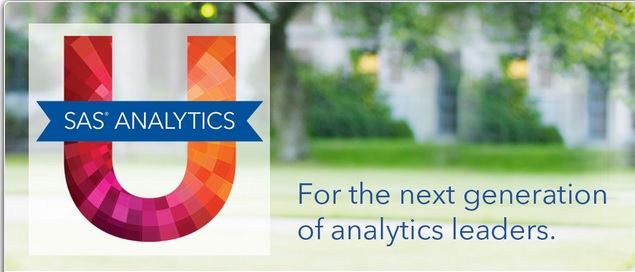SAS is still aming the most commonly used tools in the data science industry. While people might have different opinions about its sustainability and features compared to other tools like R and Python – two things are for sure:
- A healthy market share – SAS still holds the biggest market share in terms of jobs, even in advanced market like the US & the UK, the job market share of SAS would be at least 40%. In countries like India, it would be more than 70%.
- Ease of learning and awesome support – Among all the tools I know, SAS would probably qualify as the easiest to learn. The language is easy and can be picked up quickly even by novices.
Those 2 reasons are good enough to consider SAS, if you are just starting in this industry. You can find more details on how SAS stacks up against other tools here.
Step 0: Why learn SAS?
A small video to prep you up on what lies ahead:
https://www.youtube.com/watch?v=ksp8CzIgb-E
Step 1: Downloading and Installing SAS
Download University edition by creating a SAS profile. You will also need to download VMWare or Oracle Virtual box. Here are the links:
Installation notes:
- SAS university edition currently works only on 64 bit machines
- You will first need to download VMWare Player or Oracle Virtual Box and then download the corresponding version of SAS University edition.
Step 2: Learning Base SAS
Go through Base SAS training on sas.com . This is a free training and would teach you basics of SAS language in 24 hours.
Assignment / Quiz: Solve the quiz at the end of each section in the course.
Step 3: Learning SQL
Now that you know base SAS to some extent, you should now look at other way of accessing data in SAS – PROC SQL. Read this article to understand how PROC SQL helps: Comparison between Proc SQL and Data Step
If you already know SQL, you would be thanking SAS for creating PROC SQL. Even if you don’t know SQL, you might find it easier to perform day to day data manging jobs on SAS. You can look at this SUGI paper: Introduction to PROC SQL If you need more detailed tutorial, you can look at this tutorial – Introduction to PROC SQL
Step 4: Learn Descriptive Statistics
Let’s start our statistical learning now. It is right time to undergo the course on statistics from Analytics Vidhya. This course would make use of Python to teach you all the basics of descriptive statistics. If you already know them, you can skip this step.
Assignment: The assignments after each chapter in the course should be done on SAS. Your knowledge from the course on Base SAS should be sufficient to complete them. If you need specific help, use SAS documentation.
Step 5: Learn Inferential statistics
The above mentioned course also covers inferential stats in Python, including topics like hypothesis testing, t-test and many others. If you already know them, you can skip this step.
Assignment: The assignments after each chapter in the above course should be done in Python or Excel for now. We will re-visit these once we have done the next steps with the course from SAS.
Step 6: Learning ANOVA, Linear and Logistic Regression on SAS
Training from sas.com – Introduction to ANOVA, Regression, and Logistic Regression.
Assignment: Available in the course and from Udacity course
If you are working on SAS University edition, then you will need to skip step 7, 9 and 10. SAS University edition has its own limitations and can not run decision trees and time series modeling.
Step 7: Learning Decision trees
Now that you know a few algorithms, let us look at decision trees. Here is an awesome article explaining the working of decision trees:
Here is a guide to run Decision trees on Enterprise Miner and here is a paper which implements it in Base SAS
Step 8: Clustering and Segmentation
First, look at the first 4 videos in this playlist for introduction to k-means clustering. Next read this guide on clustering from SAS. In addition to this guide, you can also use this chapter as a good reference.
Step 9: Learning Time Series forecasting
Here is a good introduciton to start learning Time series forecasting and then use this guide to forecasting using Time Series in SAS
Step 10: Learn IML
Here are a series of articles, which can help you get up to speed with IML:
Step 11: Learn SAS Macros
Below are the series of articles, which can help to understand SAS Macro:
- Introduction to SAS Macro
- SAS Macro Conditional and Iterative Statements
- Introduction to SAS Macro Functions
Other Useful resources for SAS:
- Little book of SAS
- ATS UCLA learning path
- Data Analysis examples – examples on specific topics on SAS.

